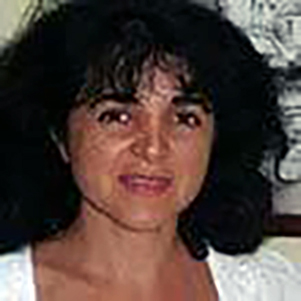Introduction to Mechanics: Simple Harmonic Motion and Non-Inertial Reference Frames
Learn how to solve and understand simple harmonic motion in this calculus-based physics course.
Learn how to solve and understand simple harmonic motion in this calculus-based physics course.
Learn how to solve and understand simple harmonic motion in this calculus-based physics course.
This online physics course is the fourth in the xSeries that covers calculus-based mechanics. You will first explore simple harmonic motion through springs and pendulums. Following that lesson, you will learn how to solve the simple harmonic motion (SHM) differential equation and how to use the Taylor Formula for small oscillations.






